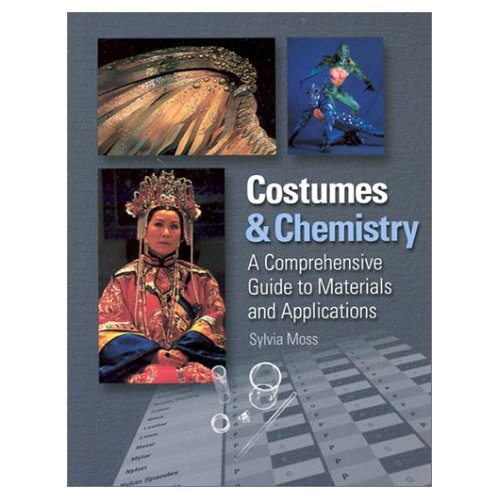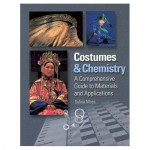Asking how to make fake blood is kind of like asking how to make food. Sometimes you need a light breakfast, sometimes a heavy dinner. You need to ask yourself what the blood needs to do. While trying out new recipes can be fun, it is not terribly useful unless you know what you are trying to achieve. So when dealing with making stage blood, I will first look at the preparation you must do, than introduce some of the basic chemistry which can lead to some blood recipes for you to try.
Preparation
The three aspects of preparation are research, planning, and experimentation. You need to research what the effect will look like. Even if you are not going for a realistic effect, you want a reference image or images which you’ve shared with the director and the rest of the production team so you are all on the same page. The last thing you want is to show the director the results of your hard work and have her go, “That’s not what I was picturing at all.”
Planning is also vital. There are hundreds of blood recipes with countless variations, all designed for specific needs. What does your blood need to do? Does it get in the actor’s mouth? Does it need to be washed out of the costumes? Does it run freely or pool up into puddles? Is it just a liquid or does it have chunks in it? If you can plan out what the blood needs to do, you may find that you can use different recipes for different effects, or fake some parts with less expensive paint or dye. Do a break down of all the effects in the show and determine what each needs to do individually.
The final step is to experiment. No matter how great your blood recipe is, there are just too many variables in a show to not test out a number of options. The stage lights will affect the color of your blood; it may look great in the shop, only to appear purple once on stage. The color of the costumes or set may also require some tweaking to the blood’s color. As with any prop, you often want to present your director with a number of options to choose from.
Recipes
There is no one-size-fits-all recipe for stage blood. Many theatres and prop people have developed their own formulas and keep their secrets jealously guarded. There are a number of recipes you can find to use as a starting point. With a bit of knowledge of chemistry, you are armed with a repertoire of techniques which can be expanded as you gain more experience.
Essentially what you need is a thick, gooey base with a colorant added. The most basic recipe is corn syrup (Karo Syrup in the USA, or Golden Syrup in the UK) and red food coloring. You can add a bit of blue or even green food coloring to refine the color. This recipe is edible, which is good if the blood is used around an actor’s mouth, but since it is organic, it can attract insects and vermin, and will rot after a time. It is also sticky, messy, and will stain clothes and skin.
If you want to avoid stains, you will need to add some form of soap to the blood mixture. This will help limit the colorant from attaching to the fibers of the clothing. Liquid color-safe bleach or dish soap work well. You can use a “no-tears” baby shampoo if the blood has the possibility of getting near anyone’s eyes. You can experiment with colored soaps too. Green or blue dish soap, or Simple Green, can be used to tint the red food coloring. It is essential to work with your costume department whenever the blood is coming into contact with costumes. They can scotch guard the areas that will receive blood beforehand. They can also throw the costume into a bath of cold water with lots of stain remover as soon as it gets off stage. You may still need two or three backup costumes. The other problem with any soap-based blood is that it will lather if you rub it too much.
If you want to limit the potential for staining further, you need to look at your colorant. Different brands and types of food coloring have different staining potentials. As an alternative, you can substitute children’s non-toxic poster paint, or other washable art products.
Powdered gelatin, instant pudding, or cocoa powder can be used as thickening agents in lieu of or in addition to corn syrup. Corn starch or flour will also thicken your mix. Creamy peanut butter will both thicken and darken your mix. Interestingly, the protein in the peanut butter makes it easier to wash out.
If you want your blood to congeal or clot during the scene, there are a number of ways to do that. The instant pudding mentioned above will coagulate like real blood. KY jelly will make it clot after a period of time as well. If you thin the blood with cheap vodka or other alcohol-based products, it will congeal over time. A little unflavored gelatin will turn your blood into scabs.
A touch of mineral oil will give it some sheen and help catch the lights. Adding glycerin on top will also give it a fresh and shiny appearance and improve the surface tension.
Further Reading
There is a lot more reading to be found across the internet, with recipes utilizing any number of ingredients for various effects. As long as you do your homework beforehand, you should have no problem coming up with the right recipe for your effect.


